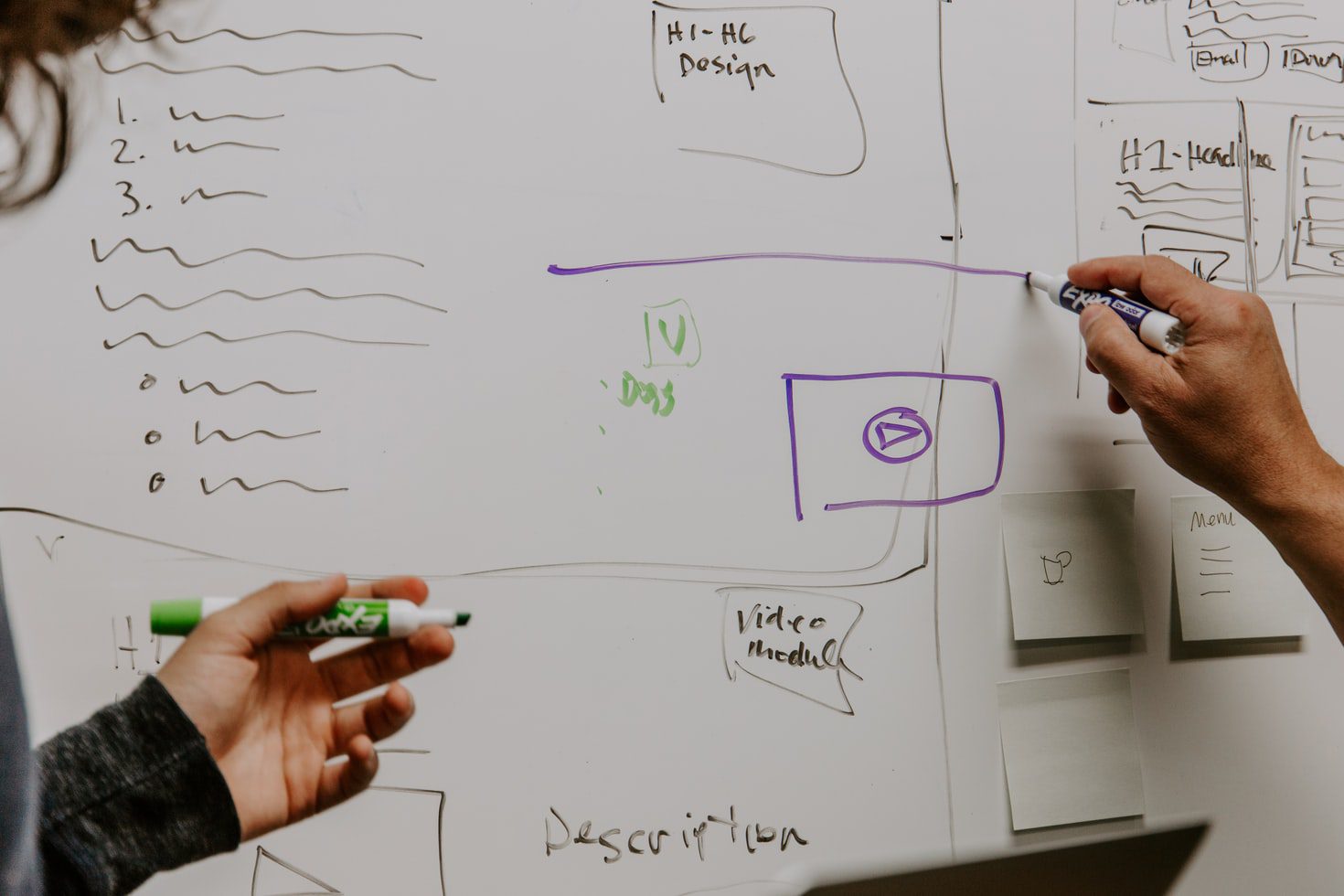Since the early '90s it is known that organisations can achieve competitive advantage when engaging their customers in improving their products and services. By getting involved in organisational processes, customers 'co-create' with organisations.
The term co-creation comes in many forms. For example: co-production, co-designing, co-creation of value. Therefore, the concept of co-creation becomes ambiguous and hazy and as a result it is not clear what it exactly entails. Looking at co-creation as 'value co-creation', the situation even becomes more problematic. The theory of value co-creation is scant and it is not clear how organisations can exactly co-create value with their customers. There are high hopes for future research, where among others, the Value Proposition Research Programme will contribute to further explore this field.
Despite this shortcoming, there do exist enough examples of how organisations can fruitfully involve their customers in improving or developing new products or services. Therefore, this article focuses on this area and hands forward a couple of practical examples to either inspire or inform.
Sector-wide inspirational examples
DHL
DHL continuously aims to improve their supply chain and logistics in order to better serve their customers. One of the things DHL did in order to help achieve this, was to involve customers in workshops to let their voices be heard. Worldwide, a total of 6000 customers participated to think about new ways of delivery solutions. This led to the 'Parcelcopter' : a drone that is designed to deliver parcels in remote and geographically challenging areas. Through this tool, infrastructures become more technologically advanced which enhances the lives of inhabitants in such areas.
Interested in how the DHL Parcelcopter works? Check out the video here.

LEGO
LEGO invests heavily in new product development. They initiated and developed an online community called LEGO Ideas, allowing LEGO users to submit their ideas for new projects. The community on the one hand stimulates users to think of innovative products and on the other hand vote on each other's ideas. When someone gets 10k votes, LEGO seriously considers and checks the idea whether it is feasible for taking it into production. Finally, the lucky winner receives a percentage of the sales. This exemplifies that the power of a community, in involving customers in co-designing products, leads to the most powerful and bright ideas. In the meantime, several ideas has been realised and LEGO Ideas is still open for contests!

Made.com
A similar example is of e-retail furniture company Made.com. However, tables turned. Now, the company puts forward several ideas and the customer votes which designs go from the drawing board into production. As such, customer have a vote and are closely involved.
Heineken
In a similar vein, Heineken involved a group of stakeholders to participate in the initiative: Heineken Open Design Explorations Edition 1: The Club. Emerging designers with different background gathered and thought of a new and innovative bar/club concept. They came up with a progressive pop-up club called the Heineken concept club. This new concept was unveiled during the Milan Design week in 2012.
IKEA
IKEA has shown several times in their track record that co-creation leads to successful ideas. One of these successes is the so-called 'IKEA Pinterest RoomIKEA initiated in the Netherlands a couple of years ago. IKEA called for people to design their ideal bath and bedroom on Pinterest. Almost a thousand people came up with creative photo portfolios. Among others, one of them inspired IKEA the most. The winning idea was a bath and bedroom designed based on the famous Swedish comic character Pippi Longstocking. Both rooms were packed with furniture and other interior accessories. The winner won a voucher of €2500 to spend at IKEA. Later on, the winner and interior designers at IKEA collaboratively designed a showroom based on the winning design.
So, what can we distil from the examples above? What is the main take away? Organisations should do their utmost to involve their customers in new idea generation. This has a great chance to lead to new products or service solutions. It may sound like stating the obvious, but practice proves otherwise because still many organisations can learn from it. We conclude this article with the suggestion that organisations could involve their customers either on a continuous basis through online platforms or customer feedback loops, or they could also involve customers on a regular basis through workshops or similar sessions.
Interested in other inspiring examples? Please check this video or keep up-to-date with our articles at The Next Quarterly.



